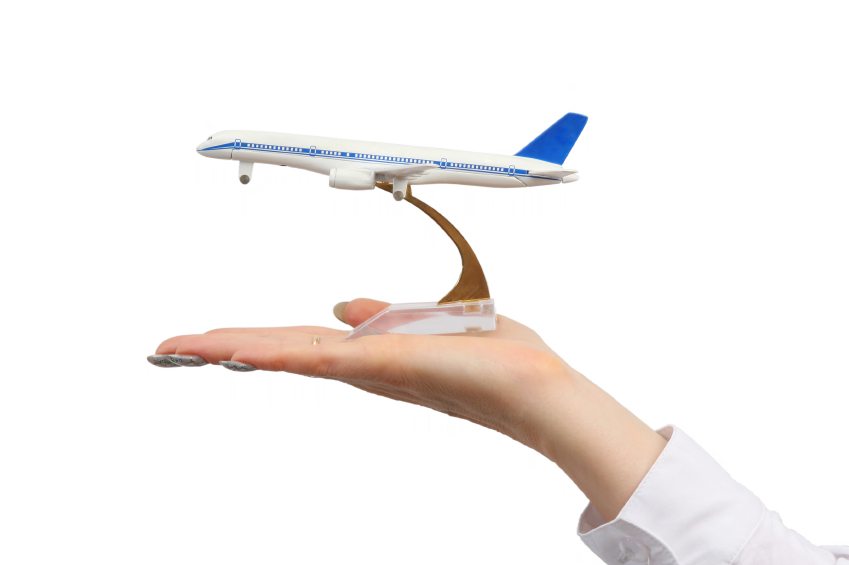What Does a Pre-Flight Inspection Entail?
Jul 12, 2016

Anyone who has ever flown can tell you that safety is not a game. Whether someone is flying commercial or flying their own private jet, it’s critical to ensure that all rules and regulations are strictly followed and the plane is in perfect working order, as well as additional guidelines for staying as safe as possible. This check goes by many names: a walk around, visual inspection, or simply “pre-flight.” Learn a bit more about the safety inspection process that should take place before each flight to ensure that everyone experiences a safe trip to their destination.
Aircraft Exterior Inspection
It’s critical to ensure that everything looks and operates perfectly. If there is one element that seems off, or isn’t working up-to-par, it should be fixed immediately or the flight should be postponed. A pre-flight inspection will entail a careful examination of the cabin, the aircraft’s nose and propeller, the engine, the empennage (tail section), and the right a left wing leading edges and trailing edges. The inspector should also check for soft main tires, which can manifest as the aircraft appearing to lean to one side on its wheels. (Be careful, however, as this can also simply indicate a hole in the grass on which the aircraft is located.)Extra Seasonal Precautions
In areas with extreme seasonal weather, the pre-flight inspection may include some extra precautions. In the winter, it’s necessary to remove frost, snow, and ice from wherever possible, including the tail, wings, and control surfaces of the aircraft. Clear ice is a hidden danger, as it can be overlooked but can hinder the aircraft’s movement and performance.Checking the Cabin
The cabin should have a relatively large checklist of items, including important paperwork such as the flight manual or pilot operating handbook, weight and balance data, registration and airworthiness certificates, and insurance documentation. The master switch should be switched on so that fuel levels can be checked, as well as fuel tank sight gauges. External lights should be verified to be working properly. Outside of the cabin, the fuselage should be checked for issues like missing rivets, dents, missing antennas, and the like. The pre-flight inspection should take place before every single flight – no exceptions. When pilots and plane owners and operators have a safe and comprehensive approach to safety, all parties can enjoy the flight and get where they need to go without any hiccups.Protect Yourself With Aircraft Insurance
Contact us to receive your free, no-obligation aviation insurance quote.
Request Your Personalized QuoteFor informational purposes only.

